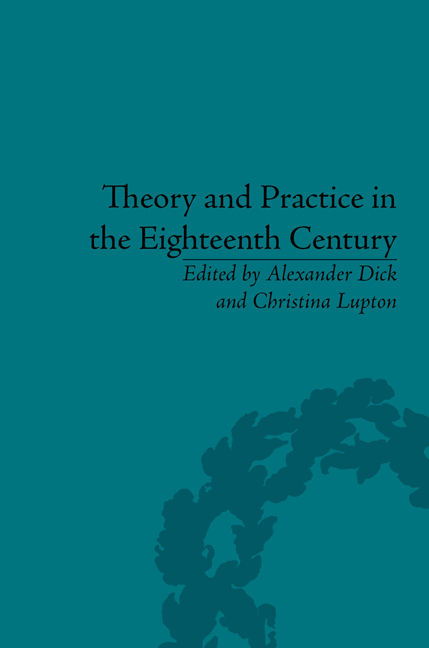Book contents
- Frontmatter
- CONTENTS
- Notes on Contributors
- Introduction
- I Writing Philosophy
- II Reading Hume
- 5 Preposterous Hume
- 6 Aesthetic Sensibility and the Contours of Sympathy Through Hume's Insertions to the Treatise
- 7 David Hume and Jane Austen on Pride: Ethics in the Enlightenment
- 8 Hume, Religion, Literary Form: Dialogues Concerning Natural Religion
- III Thinking Literature
- Notes
- Works Cited
- Index
6 - Aesthetic Sensibility and the Contours of Sympathy Through Hume's Insertions to the Treatise
from II - Reading Hume
- Frontmatter
- CONTENTS
- Notes on Contributors
- Introduction
- I Writing Philosophy
- II Reading Hume
- 5 Preposterous Hume
- 6 Aesthetic Sensibility and the Contours of Sympathy Through Hume's Insertions to the Treatise
- 7 David Hume and Jane Austen on Pride: Ethics in the Enlightenment
- 8 Hume, Religion, Literary Form: Dialogues Concerning Natural Religion
- III Thinking Literature
- Notes
- Works Cited
- Index
Summary
Shortly after Samuel Richardson published the second installment of his tragedy Clarissa (1747–8), one reader warned that its heroine's death would hit her ‘like a mortifying stroke’. Another insisted that ‘the desire of having your piece end happily (as ’tis called) will ever be the test of a wrong head, and a vain mind’. Both readers sought to use their aesthetic reactions to display their moral sentiments, believing that the practice of reading led to important social consequences. For the first reader, sentimental fiction aroused her moral abilities; for the second, such claims to sensitivity only suggested one's inability to recognize true right and wrong.
It has become something of a classroom cliché to depict eighteenth-century readers voicing moral reactions to sentimental novels, and a scholarly truism that the source of the connection between moral feelings and literary response was celebrated (if not defined) by David Hume's theory of sympathy in A Treatise of Human Nature (1739–40). This would seem to be straightforward both in terms of the Treatise 's theoretical positions and of the psychology it depicts – for when Hume presented the now-famous ‘philosophical melancholy and delirium’ that was brought on by his relentless scepticism, it was non-cognitive ‘lively impressions of my senses’ that restored him to ‘a relaxed frame of mind’. Earlier in the same book, Hume had defined the provision of such lively impressions as the unique ability of eloquent authors who are thus like our close friends – that is, like those with whom we sympathize. So it would seem that Hume had epistemological and even therapeutic reasons for celebrating the moral value of powerful fiction. Yet this chapter will argue that Hume's aesthetic theory from the early 1740s provides a fresh interpretive context for making sense of contemporary aesthetic claims to moral practice. This argument will clarify not only why Hume's theory of fiction serves as a weak source of belief at the level of his own philosophy, but also why it is important to recognize Hume as a theorist of the kind of self-conscious reading that ultimately makes reading a process of adjustment and response rather than of credulous reaction.
- Type
- Chapter
- Information
- Theory and Practice in the Eighteenth CenturyWriting Between Philosophy and Literature, pp. 109 - 122Publisher: Pickering & ChattoFirst published in: 2014



